
Written by Daniël
Edited on
16 July 2025
·
10:32
To what temperature do you set your thermostat?
Nobody wants a high energy bill. Turning down your thermostat with just one degree already helps you to save money. Setting the temperature to 0°C doesn't help. The boiler will need to work really hard to heat up your house again. Preferably, you want a comfortable temperature in your house and save money at the same time. In this article, we'll explain how to do this.
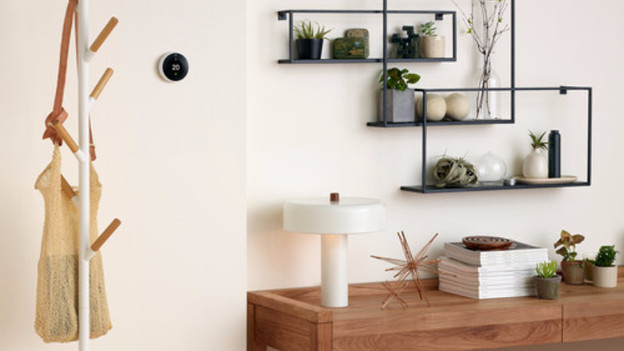
Determine your perfect temperature
Even when you're on vacation, the heating has to be on sometimes. Your heating should be set to at least 6 to 12°C to prevent condensation. Every degree more costs money. You also want to live comfortably, of course. Keep these 4 tips in mind to save as much money as possible.
- Tip 1: choose a comfortable default temperature
- Tip 2: save with one degree less
- Tip 3: lower the temperature when you're not home
- Tip 4: don't heat rooms you barely spend time in

Tip 1: choose a comfortable default temperature
Your default temperature is the room temperature that's being kept when you're home. The ideal room temperature for people is between 18 and 22°C. Which temperature is ideal for you strongly depends on your personal preferences. A high temperature offers more relaxation, while a lower temperature allows you to focus better.
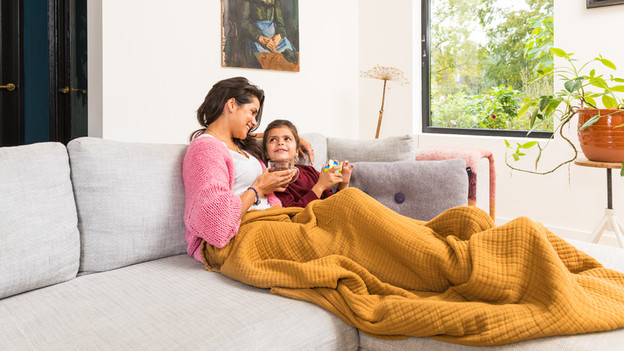
Tip 2: lower the thermostat with 1°C
You can save a lot when you lower the standard temperature with 1°C. Based on the gas price, you can determine how much you save by doing this. How much energy do you save when you lever the thermostat by 1 degree? In an average townhouse, you'll averagely save about 110m³ of gas annually. During the winter, this will be about € 70 to € 300 per year in the Netherlands.
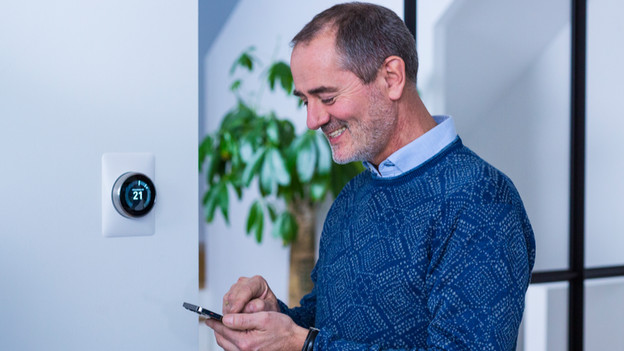
Tip 3: set the floor heating
Do you have floor heating at home? You'll have to set the temperature slightly different. The water that heats up the floor is a lot colder than in regular radiators. That's how you save energy. But, it does mean it takes longer to heat up the room. That's why you should lower the temperature of the floor heating by 2°C when you're not home. Set the temperature to at least 17°C, otherwise it'll take too long to heat up.

Tip 4: set the heat pump
With a heat pump, you set the temperature differently than with a standard heating system. Try to use the same temperature for as much as possible with a heat pump. If you change the temperature on the thermostat a lot, the heat pump will use more energy. That's because it'll have to work harder to heat up the room. Does your heat pump heat up the water from the faucet too? Make sure the temperature of the water isn't set below 60°C. That way, the legionella bacteria doesn't get the chance to grow in your heat pump.

Tip 5: lower the temperature when you're not home
When you're not home, your house doesn't need to be warm. But you won't always save more if you turn off the heating completely. Your house will cool off if you do this, which means you'll need more energy to heat it up again later on. When you're away for 8 hours, you can easily lower the heating with 5°C.
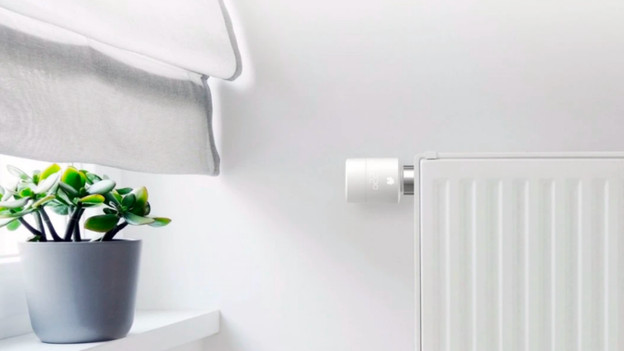
Tip 6: don't heat rooms you barely spend time in
Of course, you can continue to heat rooms that you barely spend time in to 12°C. Besides, you can make the storage room slightly less comfortable than your living room. The ideal room temperature to sleep in is lower too. That's because your body temperature has to go down, so your body can make melatonine and you'll sleep better.
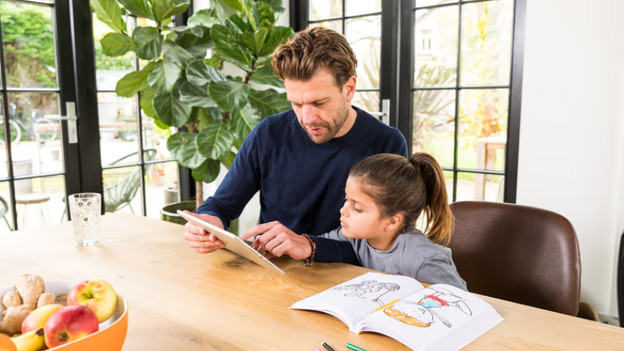
Extra tip: save more with Coolblue Energy
For everyone who wants to save even more energy, there's Coolblue Energy. As an energy supplier, we offer a discount on our energy-saving Smart Home products. We have more advice, and gathered our favorite energy-saving products for you
Article by Daniël
Thermostat Expert.
